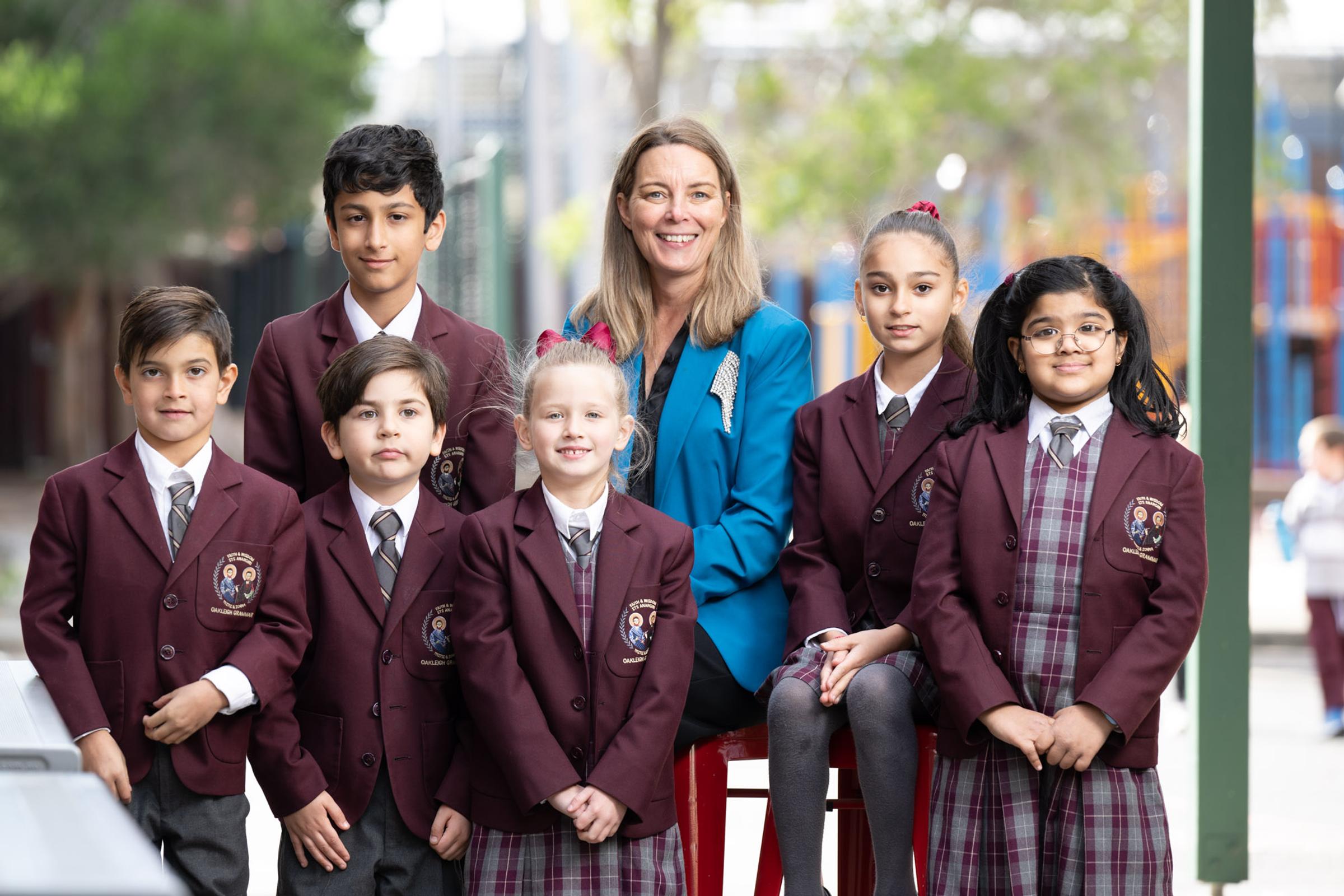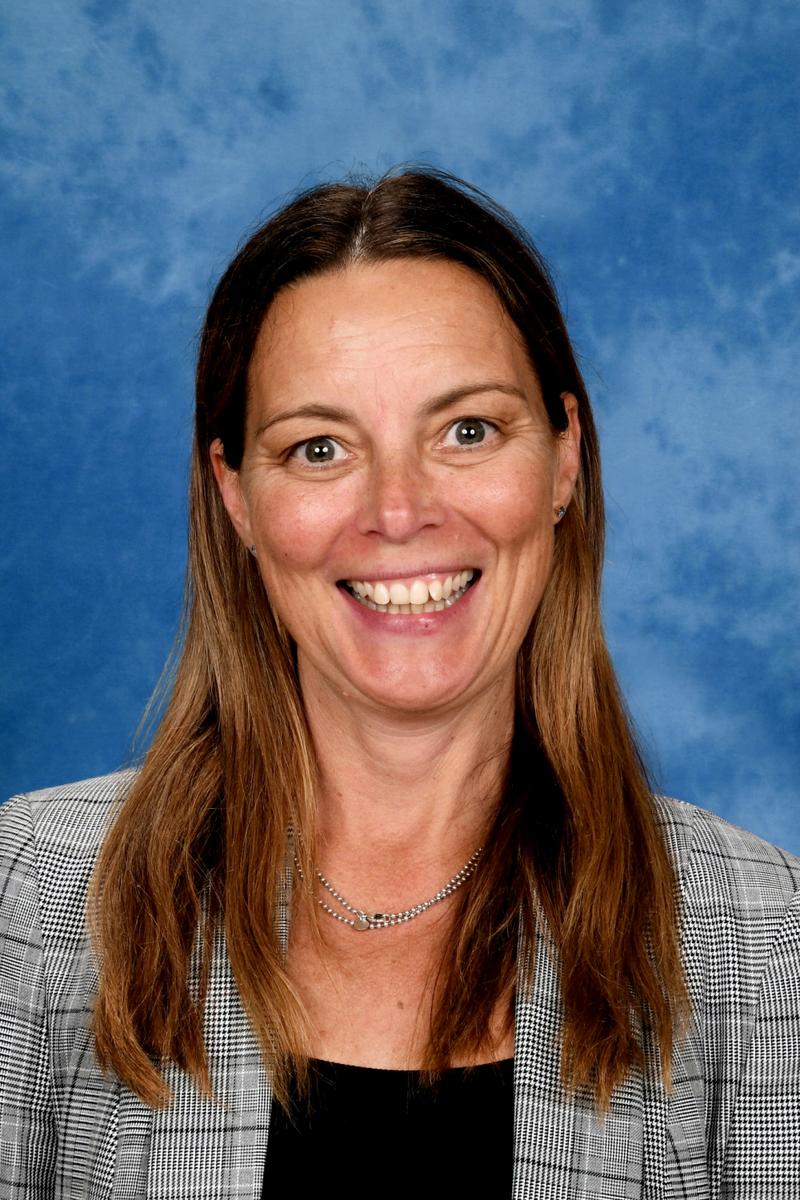Junior School

Lunchtime clubs have proven a huge hit across the Junior School this term. Our students are bringing their hobbies and latest craze to share and bring together per groups.
Moving into Term 2, we will be looking to further support the initiatives of our students – I have a feeling that Lego is around the corner. The students are commended on their conduct, respect for each other and fairness across their clubs.
We often speak to our students about respect for self and respect for others. As adults it is imperative that we check in and ensure our behaviours and actions are modelling this.
Parents are encouraged to always seek understanding from the school and not seek each other out. Any school-related decisions or incidents should be managed in-house. Alongside this, I reiterate that ‘no news, is good news’ and if the school needed to speak with you, we would.
We understand that at times, decisions are made and the outcome may not be what is desired. However, our processes and management of school-based incidents is superior. We seek understanding, we manage without bias and we allow time for reflection, coming together and moving forward. It is important that as a community we show awareness for age and stage behaviours.
At times, these may reflect a poor choice, however, the learning is powerful and students are always given the opportunity to grow and turn these choices around. We are their champions, we, the school community. Please refrain from actioning matters that have been managed at school.
Shelley Parkes
Deputy Principal - Professional Culture and Junior School
Learning Snap Shots in Continuous Reporting
As we conclude Term 1 we are hopeful that you have gained a greater insight into your child’s learning via our Continuous Reporting platform. These snapshots of learning are aimed at building a picture of some of the key elements of learning that help to inform the Semester reporting progression points that reflect student achievement standards.
Our students are always very proud to display and share their work within our classrooms and our corridor displays. In response to student voice, we are creating a writing display to showcase some of the amazing work that has been developed over the term and share with you the progression of writing from Prep to Year 5.
Through Continuous Reporting you will have seen or will soon see, evidence of the writing process that leads to an assessment. In each year level in the Junior School we work through these steps towards the completion of a piece of writing. We align this with our Quartet Model to transition students through an explicit instructional model towards a more independent and explorative approach to the creation of a published piece of writing.
Below are the steps that students work through as they build on all the components that help them become successful writers.
- Planning and rehearsing: the generation, selection and sorting of ideas to write about, consideration of purpose and audience which will influence genre selection and organisation.
- Drafting or composing: the recording of ideas with attention to meaning making, grammar, spelling, punctuation and handwriting (or typing).
- Revising: the revisiting of the text (often as a result of feedback from peers and/or the teacher) to improve and enhance the writing.
- Editing and proofreading: the polishing of the draft in readiness for publication, which includes editing for spelling, text layout, grammar, capitalisation and punctuation.
- Publishing: the preparation of the text for sharing with an audience, with attention given to the form and style of the text.
The recognition of the writing process engages students in writing for specific personal or social purposes and alerts students to the conscious and considered creation of texts.
When you are next visiting the school, enjoy viewing our writing display where you will see these steps in action through our celebration of writing.
Sarah Caffrey
Head of Curriculum-Junior School



